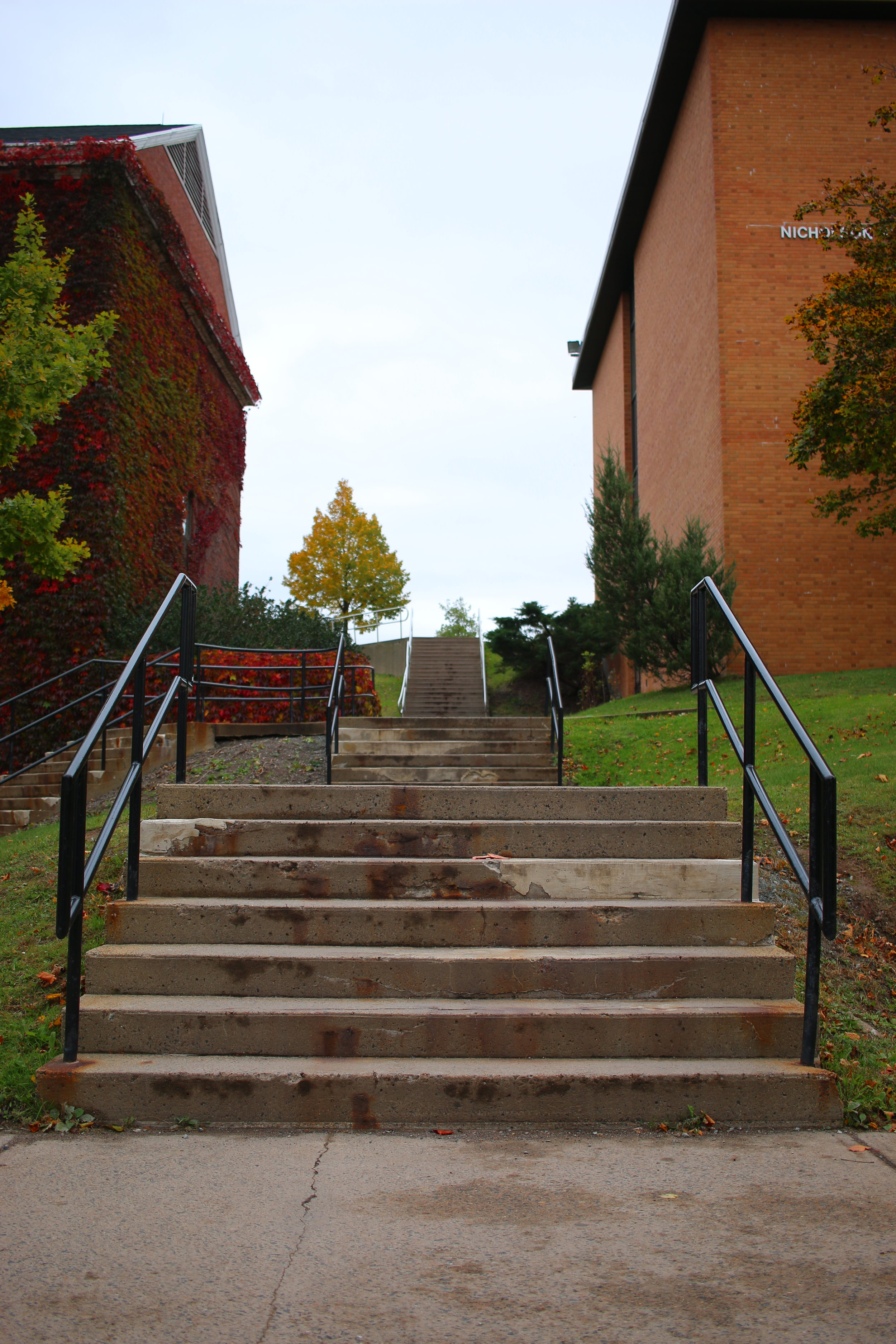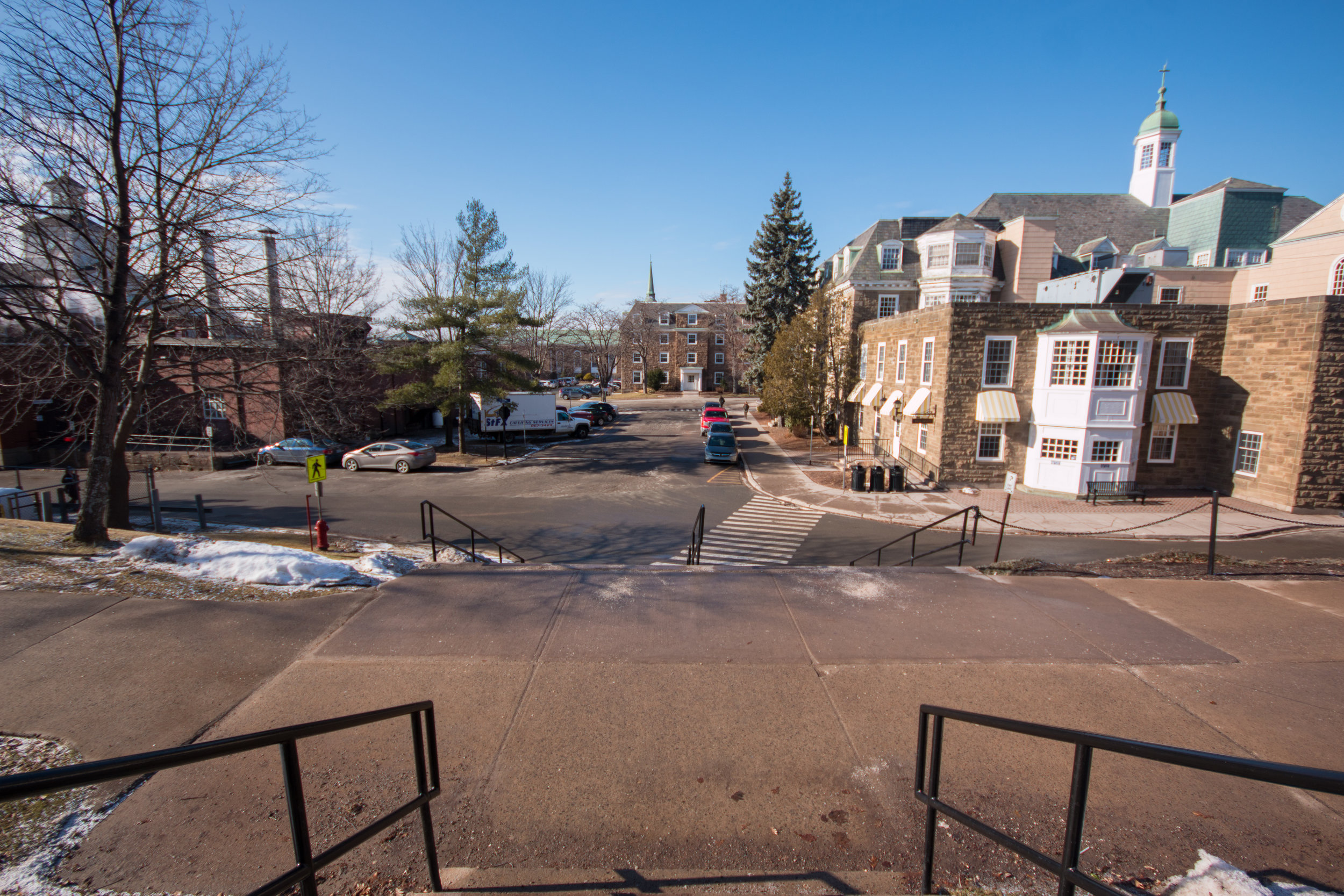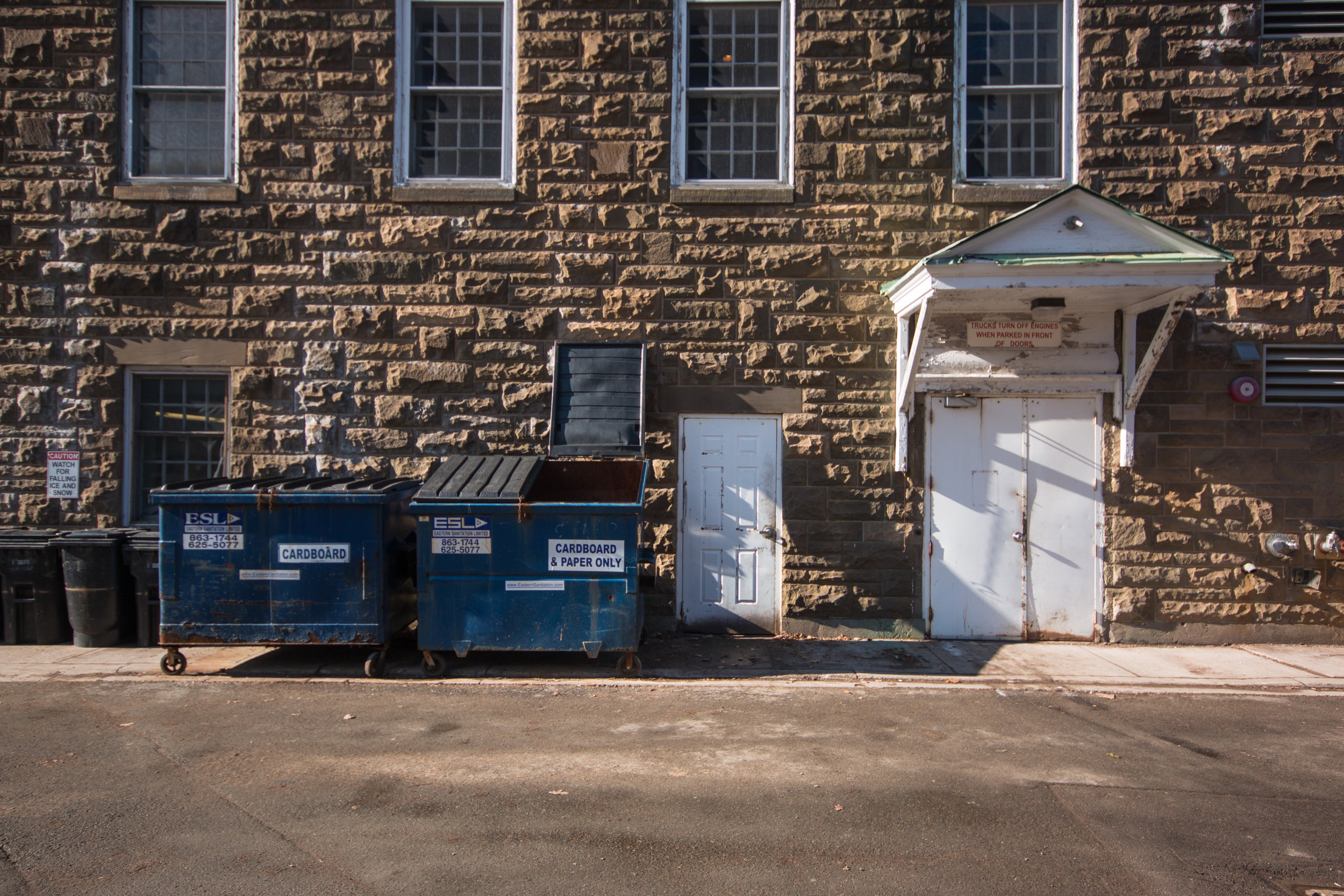Despite the appearance of available green space on campus, much of the remaining forests and green areas are unsuitable for academic use. For example, the remaining forested area by O'Regan and Riley Halls has been punctuated over time with winding cross-country trails. Not only was the maturest part of the forest destroyed with the construction of the new residences, explains Taylor, but the remaining forest is not significant enough to serve the department's ecological needs. "If you walk out there what you now have is little fragments of forest bisected by these great wide roads that go through everything," he states. "There’s essentially no intact forest left."
According to Taylor, the department’s efforts to preserve native green space on campus have been met with good will and support by the administration, particularly the Grounds Department, but that the overall attitude is one of indifference.
“I don’t think there’s anything hostile to our intentions,” Taylor comments. “They want us to teach well, but I think that they find our aspirations for holding pieces of ground as just a nuisance.”
With little usable space left on campus, the department turned temporarily toward the West Street property owned by the university. Galway and Taylor tell of an agreement brokered by the Academic Vice-President and Provost that the West Street holdings were to be levelled out and cleared of hazards over the summer to have the property ready for safe use by students in the fall.





































